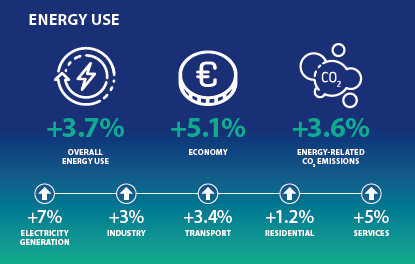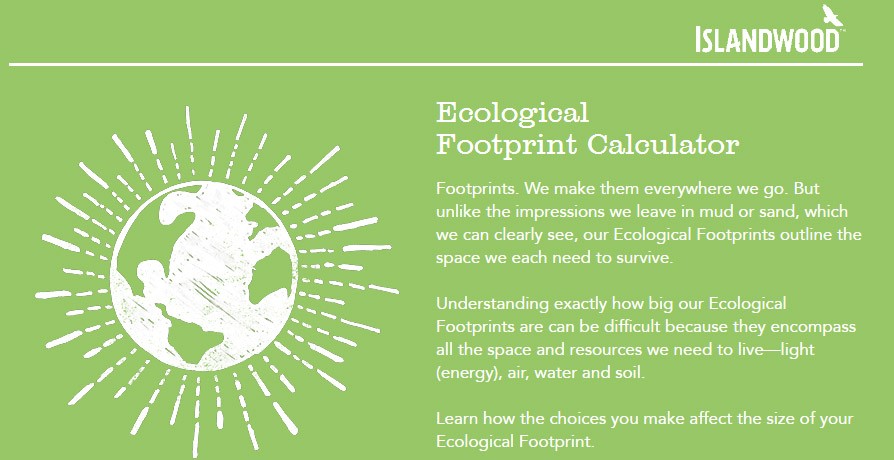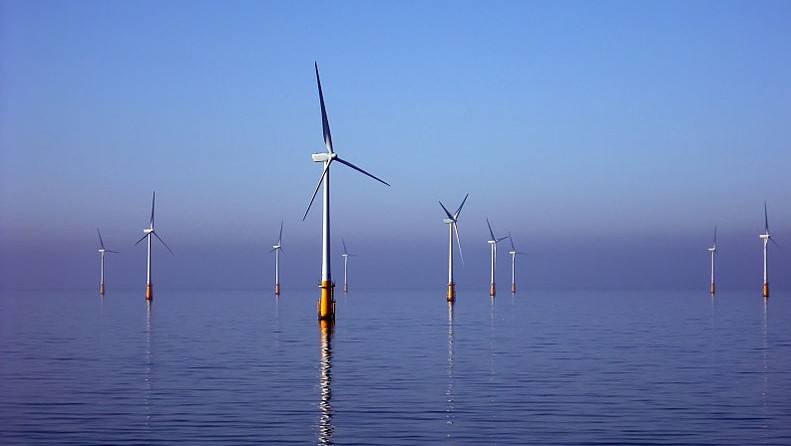Ireland’s energy use is not reducing fast enough, says SEAI

December 13th, 2017
Ireland’s energy use is not reducing fast enough and requires more effort from individuals, businesses, and communities to bring down consumption, the Sustainable Energy Authority of Ireland (SEAI) has said.
A new report – Energy in Ireland 1990-2016 – from the energy authority indicates that energy use grew by 3.7 per cent last year. This led to an increase in energy-related carbon dioxide emissions by 3.6 per cent.
Although energy use is growing at a slower rate than economic growth, SEAI Chief Executive Jim Gannon said that Ireland is not decoupling economic growth from energy use quickly enough.
Mr Gannon said that both homes and businesses now have a “personal responsibility to find ways to be more energy efficient”.
“No one organisation or policy can address the problem of climate change in isolation – it needs urgent action across our society,” he added.

Despite an increase in energy use, the report finds that Ireland is becoming less dependent on energy sources imported from imports, dropping to 69 per cent dependency compared to 88 per cent in 2015.
According to the report, the increased availability of gas from Corrib played a key role in lowering energy imports, acting as the source of Ireland’s main energy productions.
In 2016, total local energy production reached the highest levels records at 4,246 ktoe, one-fifth of which came from renewable sources.

Renewable Energy
Renewable electricity accounted for 27 per cent of total electricity usage in 2016, the report states, the majority of which came from wind power (22.3 per cent).
In other energy departments, renewable heat makes up just 6.8 percent of total heat energy consumption while renewable energy for transport takes up just 5 per cent out of total energy consumption.

Carbon Intensity Rise
The report states that Ireland became a net exporter of electricity in 2016 for the first time since 2001.
According to the report, there were 23 per cent more gas generations to produce electricity, due to lower levels of wind and hydroelectricity availability in 2016. This scenario resulted in more carbon intensity produced from electricity.
Regarding the issue, Mr Gannon said, that this demonstrates the “complex nature of being part of an interconnected electricity system”.
“In years to come, with greater and more diversified capacity and more typical levels of wind and hydro, interconnection will play an even more important role, so it is an important milestone for us,” he said.
[x_author title=”About the Author”]





